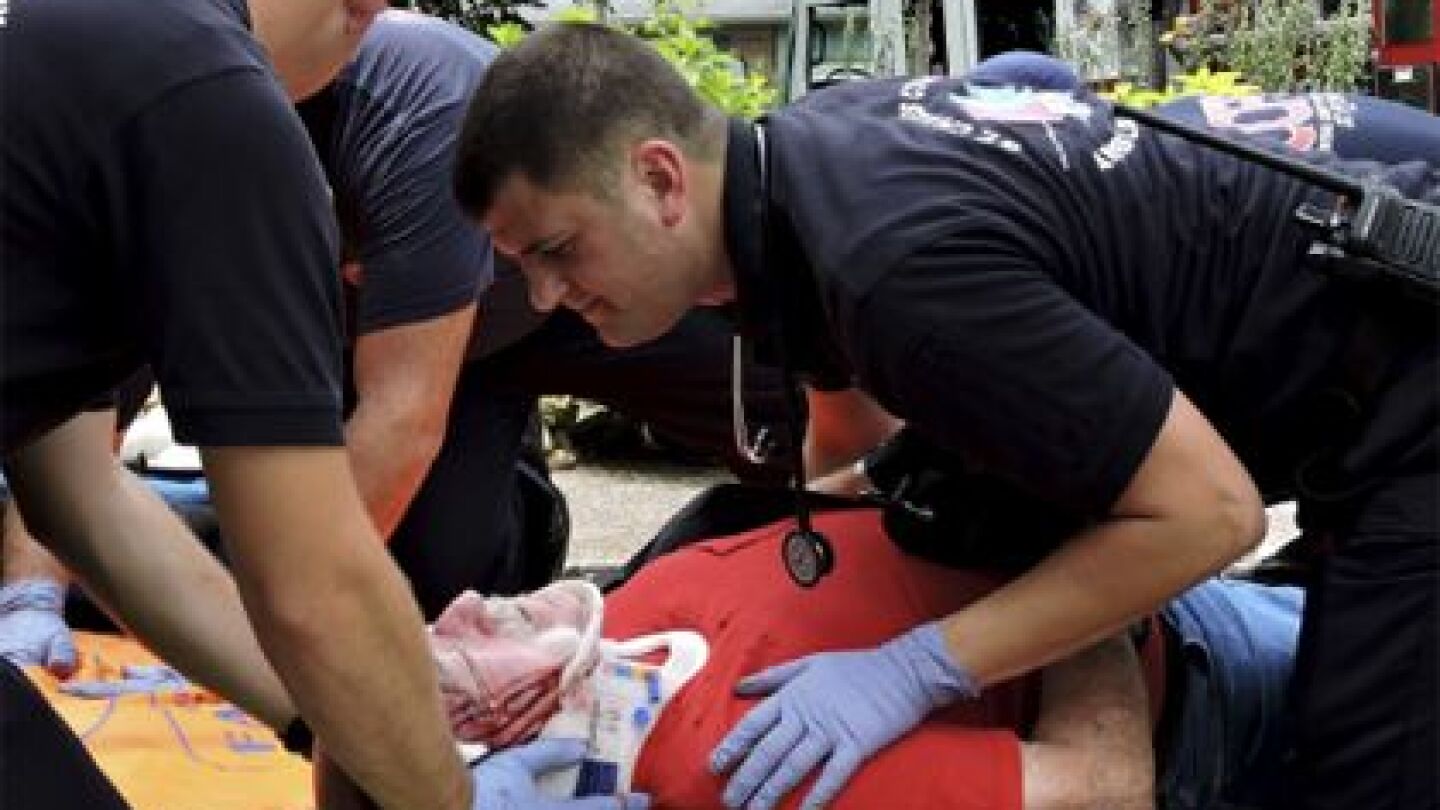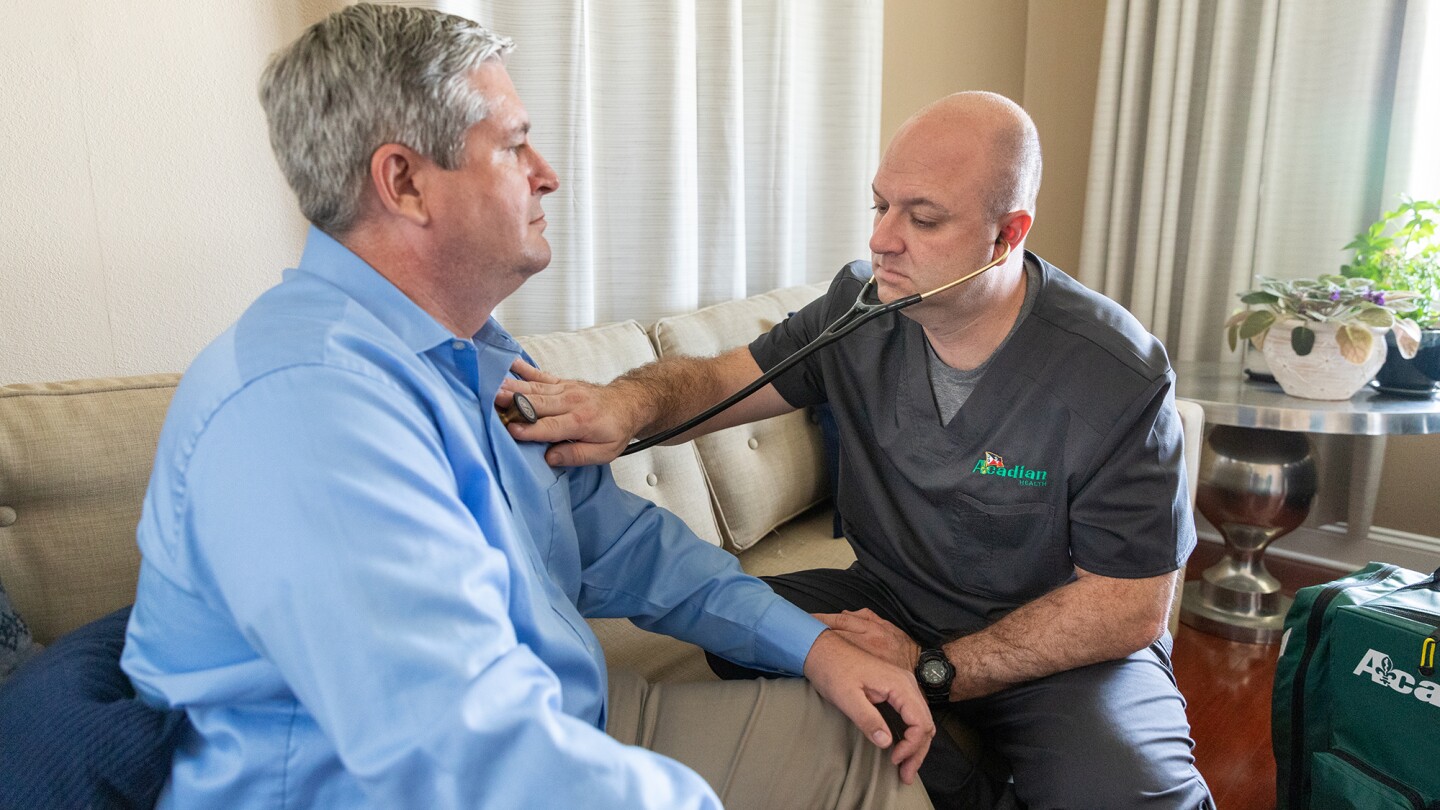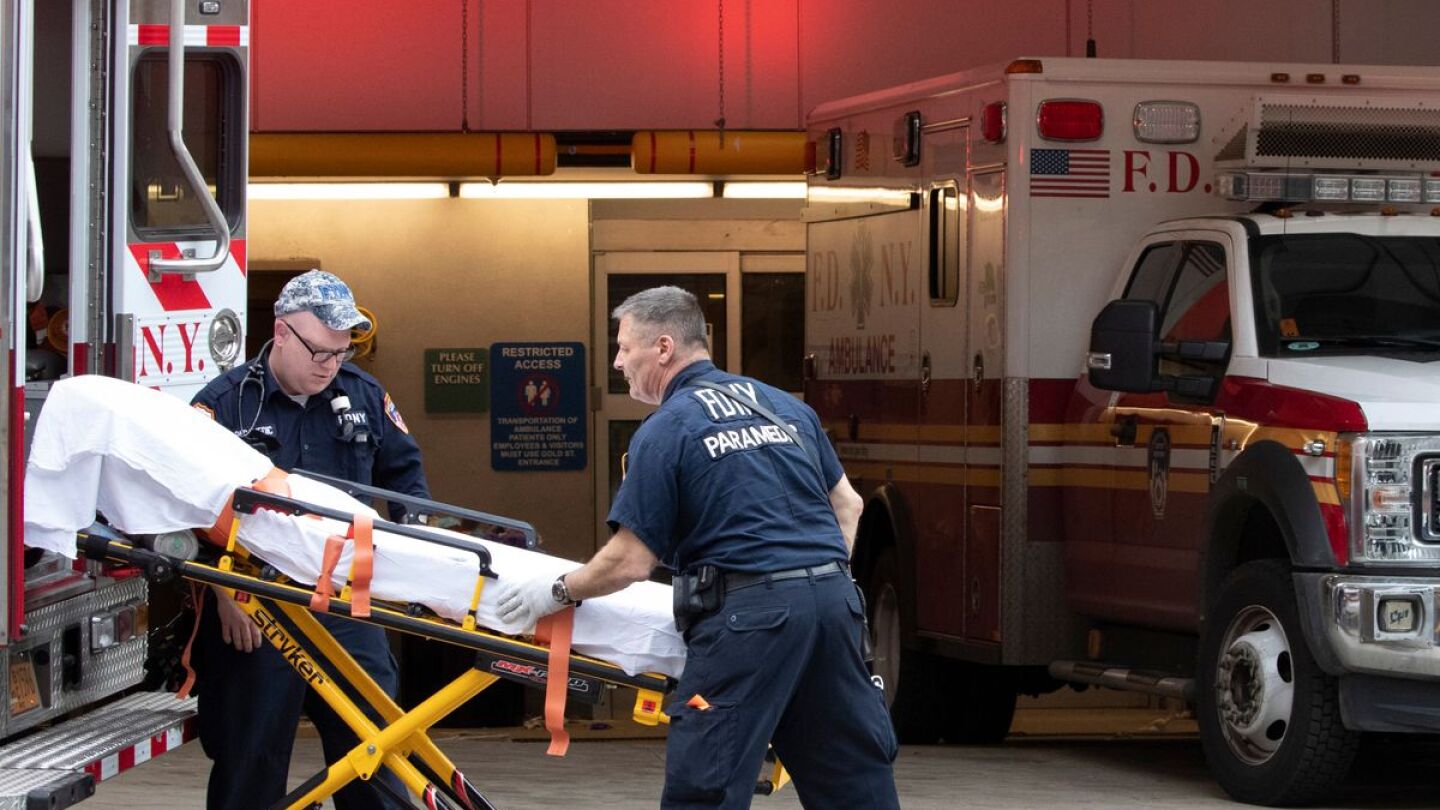Patient Assessment
Patient assessment is the process an EMT or paramedic follows to evaluate an injured or ill patient. The process includes a scene size-up, which is the identification and mitigation of risks, a primary assessment to find and fix life threats and a secondary assessment to perform a focused history and physical exam of the patient. Each step is an opportunity to collect information that will guide treatment and inform a transport decision. In the SA���ʴ�ý Patient Assessment topic find the latest news about patient assessment and top resources to improve your patient assessment skills.
A comprehensive guide to evaluating abdominal pain through targeted assessment questions and clinical examination techniques
An overview of pain and sedation for the prehospital provider
Avoid misdiagnosing atrial flutter as sinus tachycardia by mastering these ECG interpretation strategies
A single-engine plane crashed in a retirement community parking lot, bursting into flames, but all five aboard survived
First responders in Orangeburg County lowered a rescuer using a tripod and rope system to lift the victim, decontaminated her and transferred her to EMS for evaluation
Monitoring AVPU and other vital signs will help determine if the patient is improving, worsening or responding to treatment
What do femoral pulse, radial pulse and carotid pulse actually indicate?
Firefighters have responded at least twice to Hemet Global Medical Center to test for carbon monoxide and other gases but did not detect any
Residents of the Landmark Nursing Home in Bardstown, as well as staff and police officers, were treated for smoke inhalation
“Our commitment to take care of others is not a political undertaking; it represents the greatest of social contracts in helping our fellow humans in their time of need.”
Avoid false blood pressure readings that could impact patient care. Discover the most frequent BP measurement mistakes and expert-backed techniques for accuracy.
A joint NAEMSP, NASEMSO, NEMSMA, NAEMT, APA position statement prioritizes patient and provider safety
The need for data-driven decisions in managing aggressive patients while ensuring safety and compliance
Richland County EMS examined 13 people at the scene in Columbia, with three transported to a hospital
A burned e-bike was found in the Queens house along with propane tanks and home oxygen
Understand the causes, signs and symptoms, and prehospital treatment for kidney injury
Rescuers in San Bernardino County used ropes and drones to rescue a teen suffering from hypoxia, dehydration and hypothermia in the Rimrock area
I continued my verbal assault until the patient apologized to me with tears in his eyes
A train hit debris on the tracks, causing a smoke condition at a Manhattan subway station
The Colorado Springs Fire Department worked closely with the UCHealth hospital system to get the life-saving program off the ground
Lessons from a learning community, Part 2
Two AMR paramedics were injured when an alleged intoxicated driver woke up and put her vehicle in reverse
About 20% of Louisiana’s Medicaid patients visit emergency rooms an average of 17 times per year, often for non-urgent issues or due to social barriers like lack of transportation,
Allentown fire and EMS personnel extricated a woman after the receptacle she was reportedly in was emptied into a trash truck
Steve Whitehead shares how to avoid legal action, negligence or malpractice with the golden rule
Rescuers from several agencies set out during an atmospheric river weather condition in Monterey County after the hiker sent out an SOS
Steve Whitehead and Dr. David Tan discuss the EMS response to a patient who is allegedly drunk and has been seen by providers many times in the past
Common agents used in drug-facilitated sexual assault: How to recognize them and how they impact care
The lawsuit asserts the Hercules officers were informed that the patient was experiencing a seizure
New research explores how point-of-care lung ultrasound can improve prehospital identification of acute heart failure
Complacency can creep in after routine calls, but true emergencies don’t wait
Educate your community on how to stay safe and assist emergency responders after a violent MCI
Managing high-risk/difficult refusals with the FEARS mnemonic
MOST POPULAR
- Post-attack bystander action guide
- Male-centric medicine: Why women’s health is EMS’s next big challenge
- Heat wave grips several states causing deaths, heat-related illnesses
- Watch: Calif. firefighters use PD robots to find man trapped in 36-inch drain pipe
- Watch: Baby dropped from third-floor window, 5 injured in Cleveland apartment explosion


































